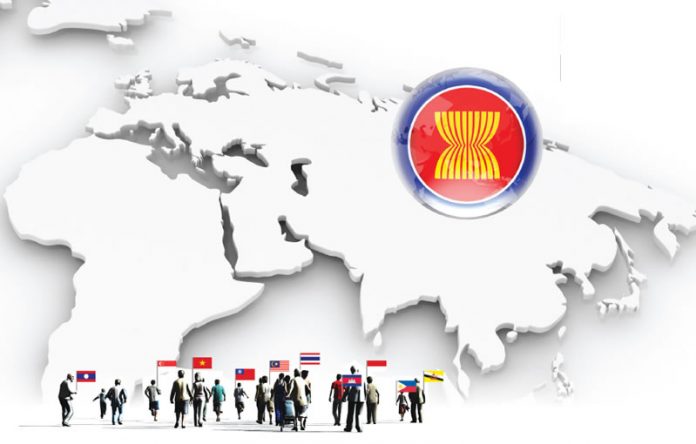In the previous issue we took a different slant on previous articles regarding the Asean Economic Community (AEC), choosing to start a series on its potential in ecommerce terms. This is the second part of this series.
Drawing heavily from an article published online in November last year by Sheji Ho, it’s interesting to see where the ecommerce marketplace may be across the AEC by 2025, particularly based on how much an average person is likely to spend on ecommerce in a given year.
As of 2025, China will be the world’s largest ecommerce market reaching US$3 trillion in Gross Merchandise Volume (GMV) and with 25 percent penetration. ‘By 2025, the average Chinese shopper is expected to spend north of US$2,000 per year online, almost triple the amount Singaporeans will spend online and catching up quickly to Americans who, 10 years from now, will be spending almost $3,000 on ecommerce annually,’ writes Ho.
What is really interesting is the projection for Thailand. Both Google and Temasek have reports which suggest Thailand’s ecommerce market will be around $11.1 billion by 2025, although in reality when broken down to per capita numbers this equates to just $155. Ho believes this is far too low.
As he notes, ‘US and Singapore’s GDP per capita are obviously much higher than that of emerging markets like Thailand…, people have more money to
spend in general, and China’s not exactly a developing country anymore with its GDP per capita projected to reach $14,000 by 2025.’
Ho goes on to write, that ‘Thailand’s GDP per capita is estimated to reach $11,000 by 2025, which is higher than China’s GDP per capita today and not far from China’s projected 2025 number. However, based on current ecommerce projections, Thailand’s per capita online spend will only be $155 or one percent of household purchasing power.’
Ho suggests, ‘This doesn’t make sense given that Thai consumers do have spending power and retail makes up a large part of Thailand’s economy…’
From 2006 to 2016, China’s ecommerce GMV per capita grew 127 times. It’s hard then to believe that Thailand’s GMV per capita will only grow nine times over the next decade, ‘especially given that Thai people are already spending
more online on a per person basis today than Chinese did at the
beginning of the Chinese ecommerce boom around 2006.’
This only makes sense if we assume SEA’s growth markets like Thailand and Indonesia will grow at a modest, Western-style pace of 18 percent (US 2000-2015) and won’t be growing at China ecommerce’s last 10-year CAGR of 68 percent.
Ho believes ‘the reason for this discrepancy is the faulty application of a Western-centric ecommerce growth model whereas the right model to size up ecommerce in emerging SEA is actually the Chinese model of hyper-growth.’
In the next issue we’ll look further at why a Western-centric model may well be flawed when it comes to AEC ecommerce numbers.











